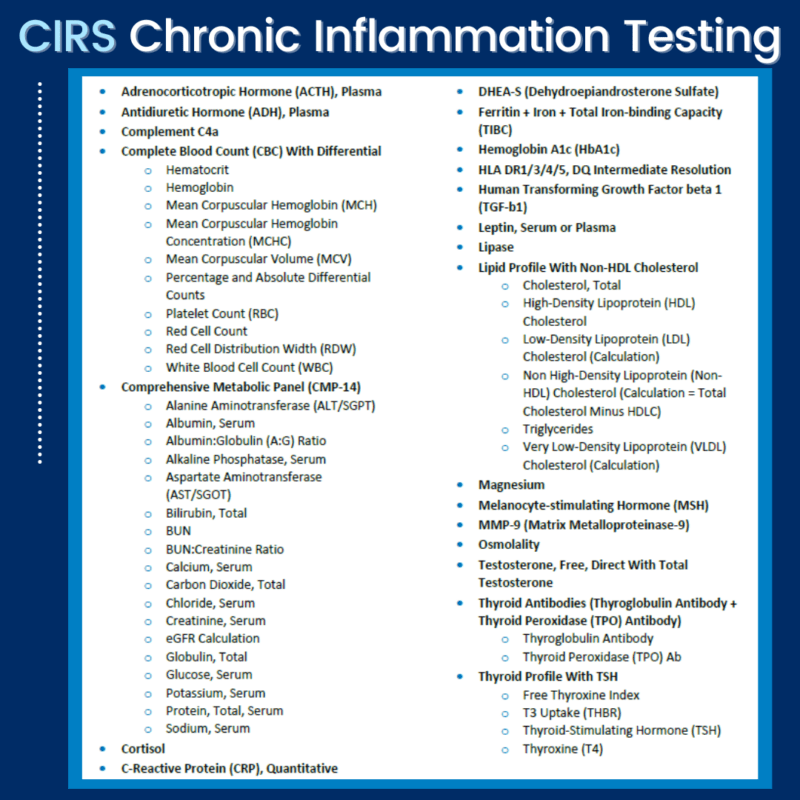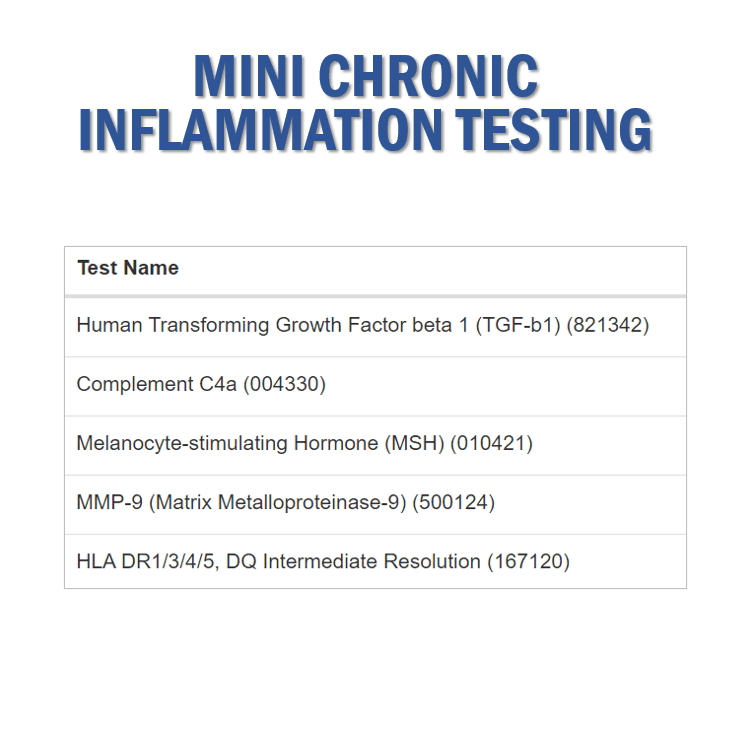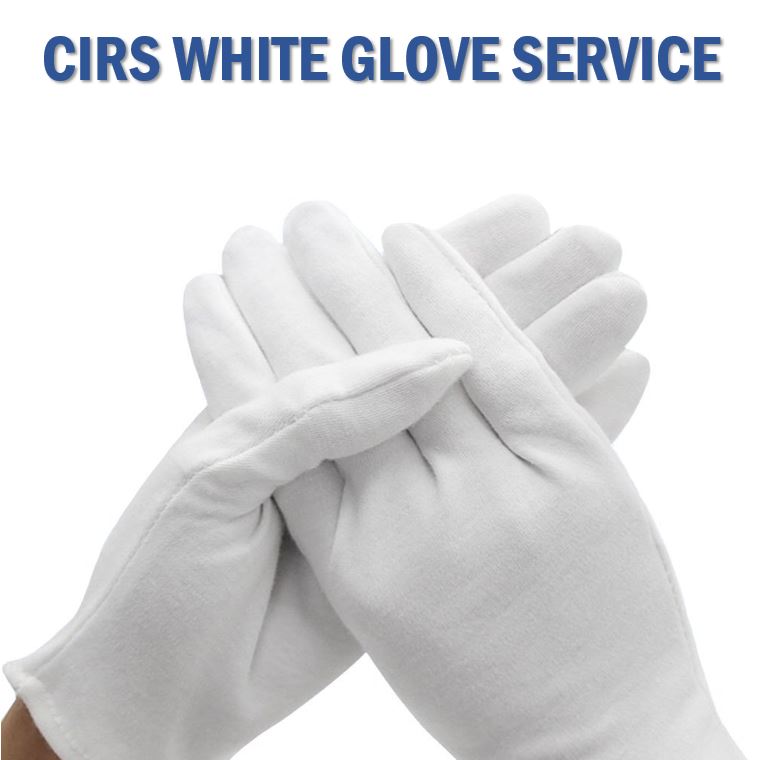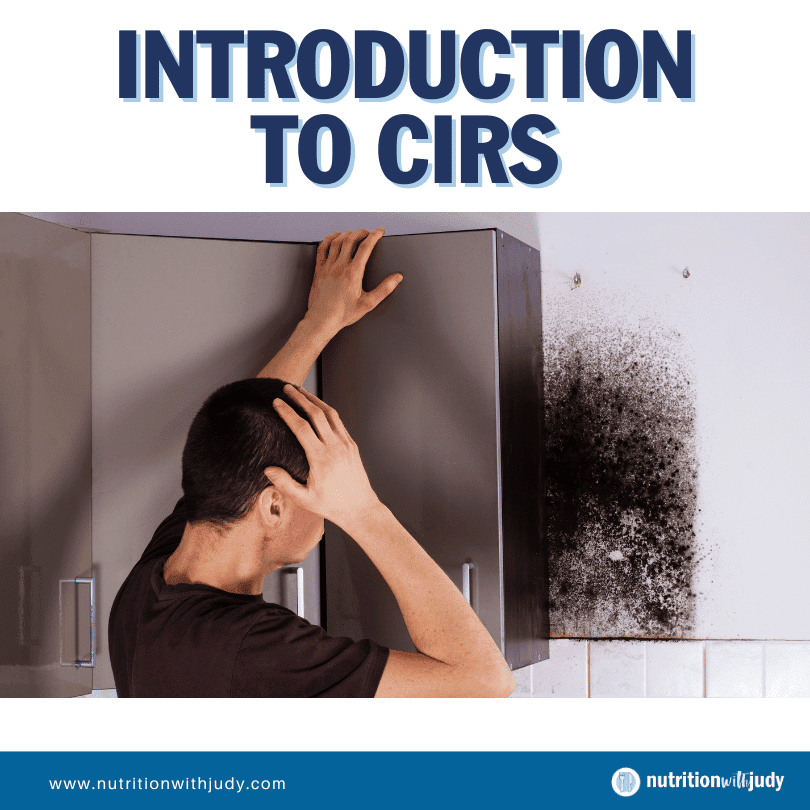

Introduction to CIRS


Significant advances in scientific research and personal experiences beyond the scope of traditional Western medicine and mainstream health narratives have empowered individuals to take control of their health through nutrition, diet, and lifestyle. These fundamental aspects of well-being are often at the core of numerous chronic conditions.
However, what happens when you continue to suffer from symptoms and are unable to achieve full recovery? The answer to many unresolved health puzzles and wrongly diagnosed diseases was uncovered in 1997 by Dr. Ritchie Shoemaker, introducing the concept of Chronic Inflammatory Response Syndrome (CIRS).
CIRS, also known as biotoxin illness or mold illness, has transformed our comprehension of autoimmune disorders and the impacts of mold exposure, offering countless patients a path toward identifying and addressing the root cause of their chronic illness. Supported by extensive research, robust peer-reviewed evidence, and a clinically validated treatment approach, raising awareness about CIRS is essential, given that roughly 25% of the population is genetically predisposed to this condition.
Let’s take a closer look at the nature of CIRS and its respective treatment methods in this introductory article.
What Is CIRS?
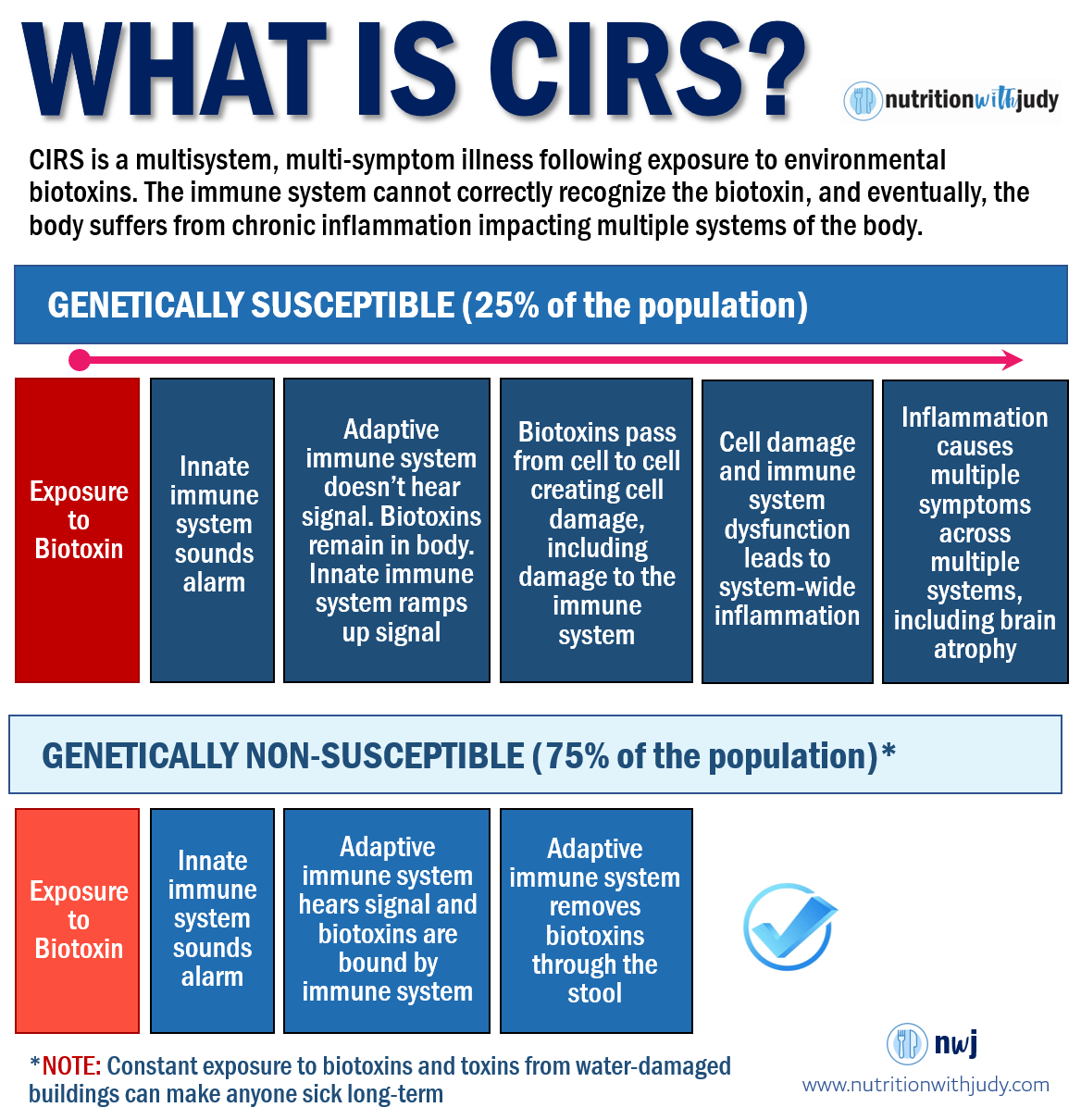

Chronic Inflammatory Response Syndrome (CIRS) is an intricate condition that manifests as a multi-system, multi-symptom illness, driven by widespread inflammation throughout the body caused by an excessively reactive immune system. Recognized as a valid medical condition, diagnosing CIRS demands detailed lab work and a comprehensive review of the patient’s medical history.
The variability in symptoms among individuals often leads to misdiagnosis or a lack of treatment. Distinct from other immune disorders that are marked by abnormal adaptive immune responses, CIRS eludes detection through standard autoimmune blood tests.
What then triggers such an overactive immune reaction and widespread inflammation? The culprits are biotoxins—biologically derived toxic substances. These biotoxins, capable of initiating and aggravating CIRS, originate from several sources:
- Water-Damaged Buildings: The main contributor to CIRS, accounting for about 80% of cases, stems from exposure to the air in water-damaged buildings. A mix of mold mycotoxins, bacteria, and other chemicals in these environments prompts an inflammatory reaction in those susceptible. Both living and non-living mold particles can provoke severe inflammation in the body and brain of individuals with CIRS.
- Tick or Spider Bite: Infections such as Lyme disease, caused by the Borrelia burgdorferi bacterium, or Babesiosis from Babesia microti, often transmitted through certain tick bites, can perpetuate chronic Lyme disease in people with CIRS. Biotoxins from bites of recluse spiders can also be a priming agent or contributor to CIRS.
- Seafood Consumption: Eating tropical reef fish contaminated with ciguatera toxin, produced by Pfiesteria and associated with harmful algal blooms, along with cyanobacteria or blue-green algae, can also result in biotoxin illness. This occurs through a chain of consumption where reef fish ingest smaller fish that have consumed toxic dinoflagellates.
- Contaminated Water: Contact with or inhalation of water contaminated by algal blooms (Pfiesteria) and blue-green algae (cyanobacteria) can trigger the inflammatory response seen in CIRS sufferers.
- Other Triggers: Additional biotoxins that might initiate and worsen CIRS include certain vaccines, volatile organic compounds (VOCs), endotoxins, and actinomycetes.
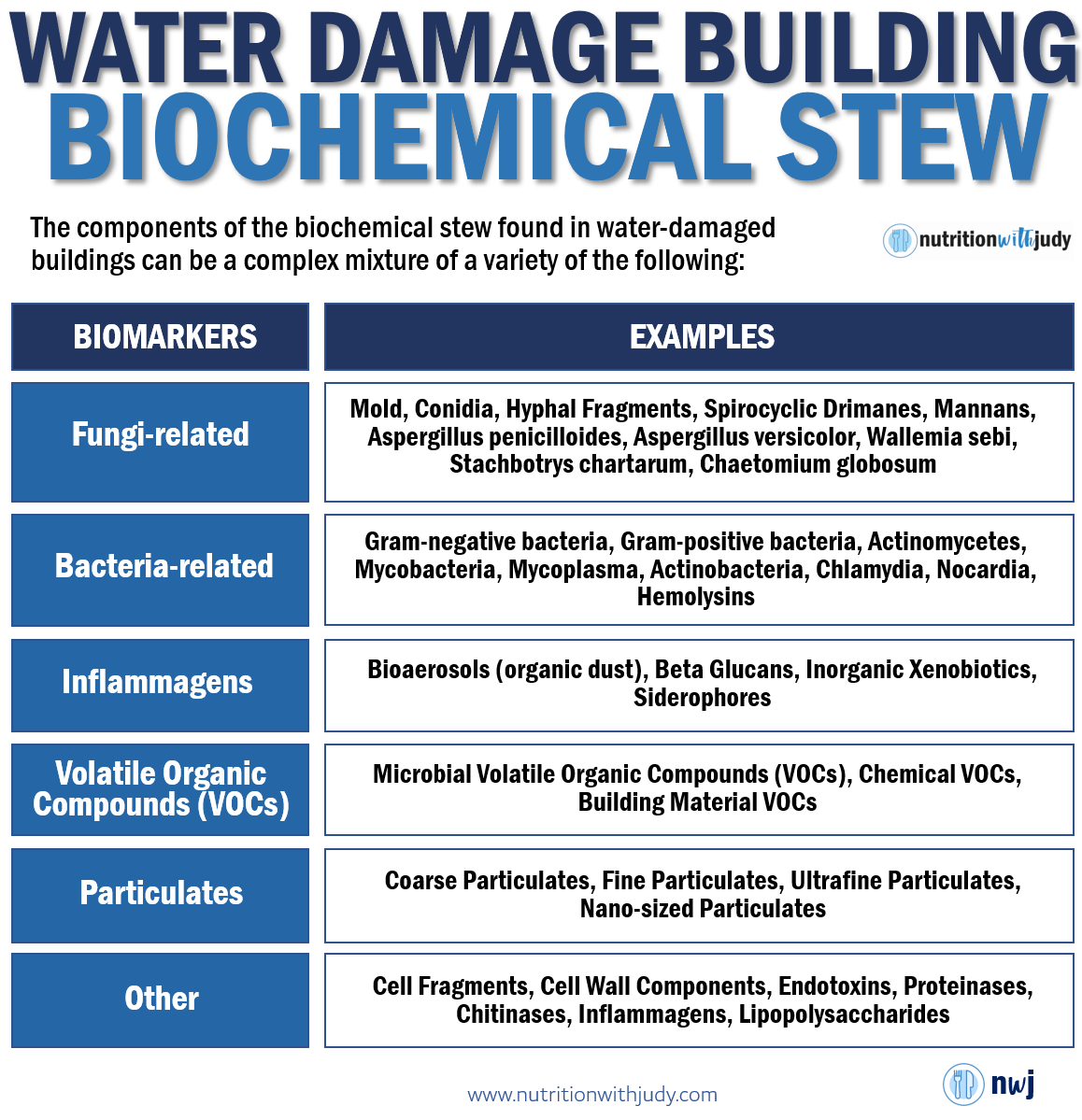

Due to their minuscule size, biotoxins can effortlessly traverse cell membranes, moving from one cell to another, making them nearly undetectable through conventional blood tests. As previously mentioned, these biotoxins typically enter the body via inhalation, but particular seafood ingestion, bites from ticks and spiders, and direct contact with contaminated water are also common pathways.
Even though encounters with certain biotoxins, like mold, are relatively frequent, not everyone exposed will develop CIRS. The key factors in the development of biotoxin-related illness are genetic predisposition and the occurrence of a significant stressful event.
Stressful life events, such as severe stress, illness, surgery, high fevers, pregnancy, extensive biotoxin exposure, and other traumatic experiences, can trigger a cytokine storm, which in turn may activate the CIRS gene in individuals genetically predisposed (those born with HLA-DR genes). Consequently, CIRS can emerge at any stage of life—the absence of symptoms doesn’t guarantee immunity, and undergoing genetic haplotype testing can provide early detection and prevention strategies.
While biotoxins can lead to acute illnesses in the general population, the immune system usually identifies and eliminates these toxins efficiently. However, in individuals with a genetic predisposition for CIRS, the immune system fails to recognize and expel these biotoxins, causing them to remain in the body indefinitely. This results in a perpetual overactive immune reaction and widespread inflammation, culminating in a variety of symptoms and adverse health outcomes.
What Are the Symptoms of CIRS?
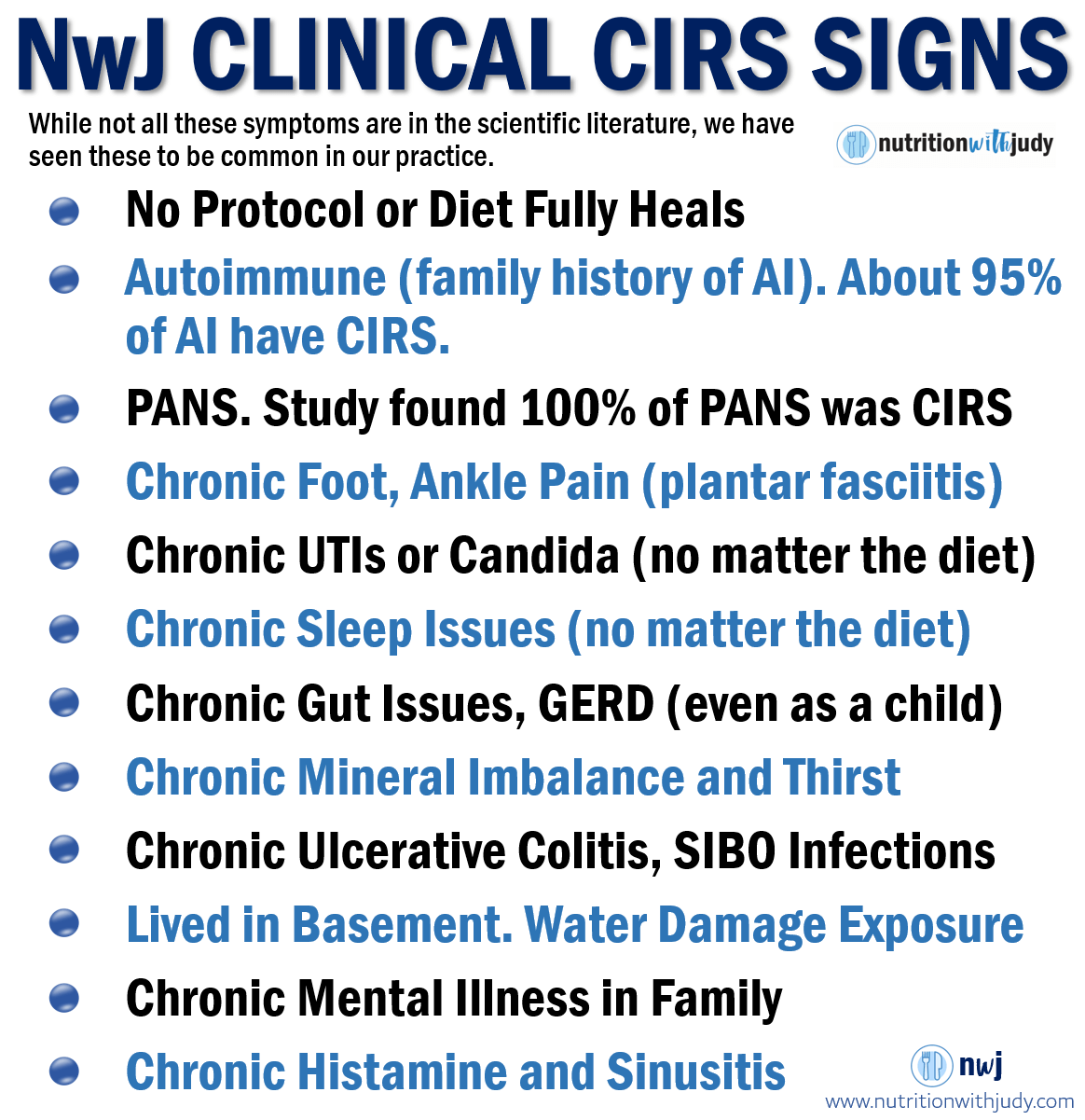

Because of the nature of this conditon, CIRS has the potential to affect every system within the body, leading to a wide array of symptoms that vary significantly from one individual to another. Below are some of the more frequently observed symptoms associated with CIRS:
- Poor sleep
- Fatigue
- Muscle aches and cramps
- Weakness
- Unusual or ice pick pain
- Light sensitivity
- Headaches
- Red eyes
- Blurred vision
- Sinus issues
- Shortness of breath
- Cough
- Nausea
- Diarrhea
- Abdominal pain
- Memory problems
- Difficulty concentrating
- Difficulty recalling words
- Confusion
- Joint pain
- Weight gain
- Mood swings
- Night sweats
- Poor body temperature regulation
- Excessive thirst
- Frequent urination
- Tremors
- Tingling
- Vertigo
- Metallic taste
- Static shocks
- Histamine intolerance
The overlap of CIRS symptoms with those of other health issues is a primary factor in its frequent misdiagnosis. The diagnostic process for CIRS is multifaceted, requiring the presence of a specific set of symptoms, among other criteria.
The complexity of diagnosing this condition is compounded by a general lack of recognition within both the Western medical field and holistic health communities. Symptoms of CIRS are often mistaken for other medical conditions, leading to common incorrect diagnoses such as:
- Irritable Bowel Syndrome (IBS)
- Post-Traumatic Stress Disorder (PTSD)
- Chronic Fatigue Syndrome (CFS)
- Fibromyalgia
- Attention Deficit Hyperactivity Disorder (ADD/ADHD)
- Somatization (Hypochondria)
- Various Autoimmune Disorders
- Depression and Anxiety
- Allergies
How Does CIRS Impact Multiple Systems?
The biotoxin pathway explains how this complex illness impacts the immune system and subsequently, multiple systems throughout the body. With seven stages that lead to significant immune system dysfunction, that’s why CIRS can have so many different symptoms and can manifest differently from patient to patient.
Learn more about the biotoxin pathway in our next CIRS series article.
How Do You Test for CIRS?
The complexity of Chronic Inflammatory Response Syndrome (CIRS) and the diverse ways in which biotoxins affect the body necessitate a series of diagnostic steps for a confirmed diagnosis. The Environmental Protection Agency reports that water damage is present in around 50% of residential homes and 85% of commercial properties. Given that an estimated 25% of the population has a genetic predisposition to CIRS, it’s possible that up to 40 million Americans could be affected by this condition.
For those who have been tirelessly searching for the root cause of their health issues, whether it’s persistent illness, difficulty in losing weight, or the need for extensive biohacking measures to achieve wellness, exploring the initial diagnostic criteria for CIRS might be a crucial next step. Confirmatory blood tests may be necessary to verify if CIRS is at the root of these health challenges.
The first three steps of CIRS diagnosis can be completed on your own and are the best place to start. Here’s an overview of the CIRS diagnostic criteria:
- Criterion One: Considering that water-damage building exposure accounts for approximately 80% of CIRS cases, it’s crucial to reflect on your history with previous residences, workplaces, schools, and other frequently visited buildings for potential mold exposure. Remembering specific instances, such as minor leaks or visible water damage, can be challenging due to CIRS-associated memory issues. Additionally, exposures to ticks and recluse spiders, instances of severe food poisoning from seafood, contact with stagnant water prone to algae growth, sewage encounters, and certain vaccinations are also significant. Documenting any remembered exposures is a vital first step.
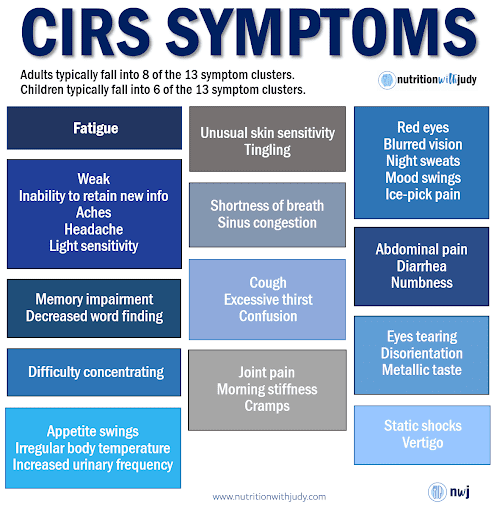

- Criterion Two: CIRS symptoms frequently resemble those of other conditions, so experiencing certain symptoms doesn’t automatically indicate CIRS. For diagnosis, symptoms are categorized into 13 clusters related to biotoxin pathways. If you exhibit symptoms in at least eight of these clusters and have a history of biotoxin exposure, proceeding to the next diagnostic step is advisable. It’s important to note that having just one symptom from any of the clusters qualifies that cluster as positive.
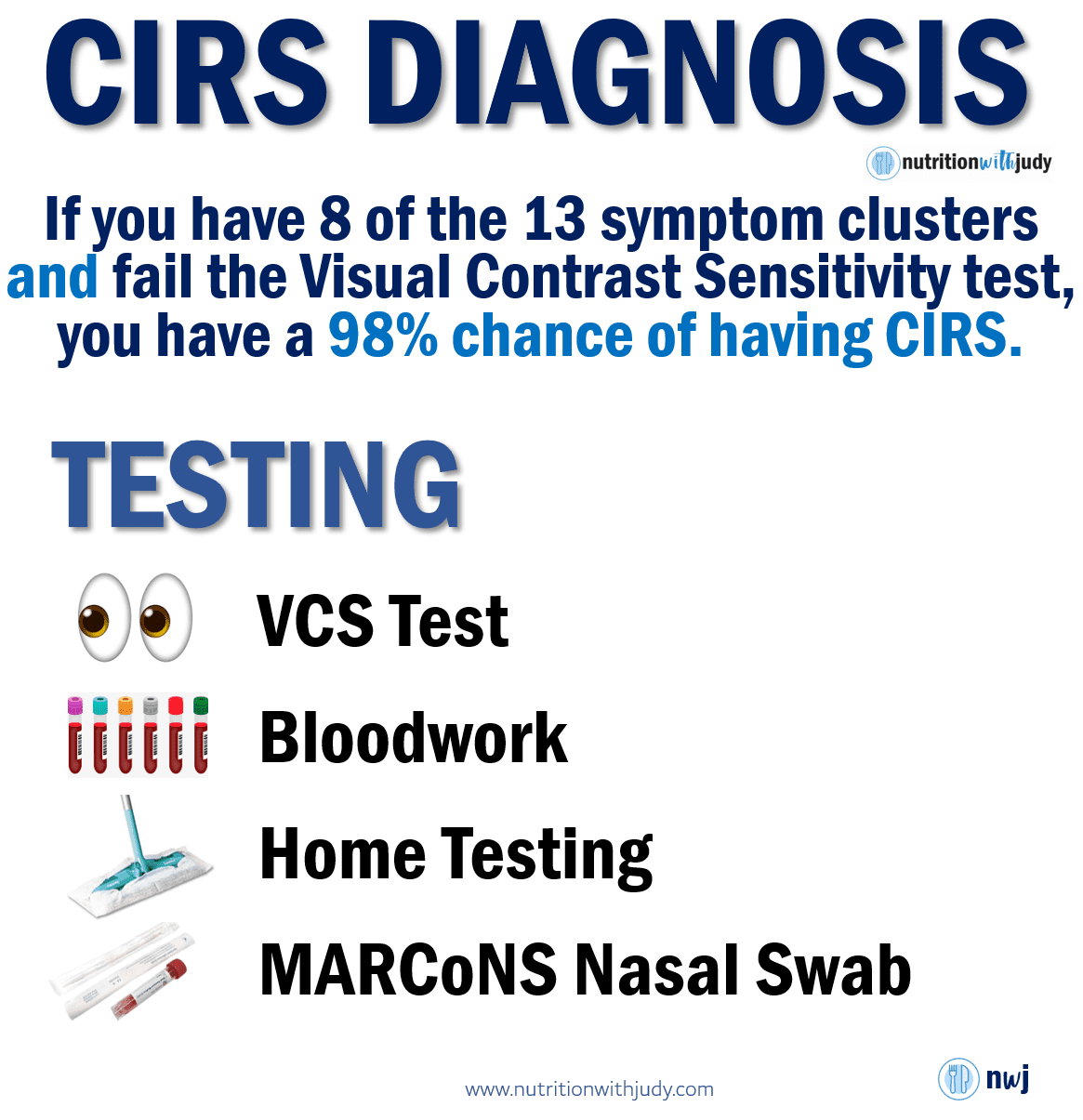

- Criterion Three: If you exhibit symptoms in eight or more clusters and have a history of biotoxin exposure, the next step involves the Visual Contrast Sensitivity (VCS) test, initially developed by the Air Force in the 1960s to assess pilot health through visual contrast sensitivity as a marker of neurological function. This test, which can be taken for free or for a nominal fee through Dr. Shoemaker’s official platform, measures your ability to discern varying contrast levels through a sequence of images. It’s used to detect visual system dysfunction, a known symptom of CIRS, linked to restricted blood flow in capillaries, including those in the optic nerve, due to the body’s immune response to biotoxins. While not infallible—with about 7% of CIRS patients passing falsely—a failed VCS test alongside eight positive symptom clusters indicates a 98% probability of CIRS.
- Criterion Four: Once you’ve completed the initial steps by confirming a history of biotoxin exposure, identifying symptoms in at least eight of the 13 clusters, and either failing the VCS test or suspecting you’re among the 7% who might falsely pass it, the subsequent action is to get blood work. Opting for blood work is advised even without failing the VCS test but meeting the other two criteria. A crucial blood test in this process is the HLA-DR, which assesses genetic susceptibility to CIRS. It’s worth noting that while it’s rare for individuals without the specific haplotype to have CIRS, approximately 5% of CIRS cases occur in those who aren’t genetically predisposed. We offer both mini and full diagnostic blood testing panels for CIRS:
How Do You Treat CIRS?
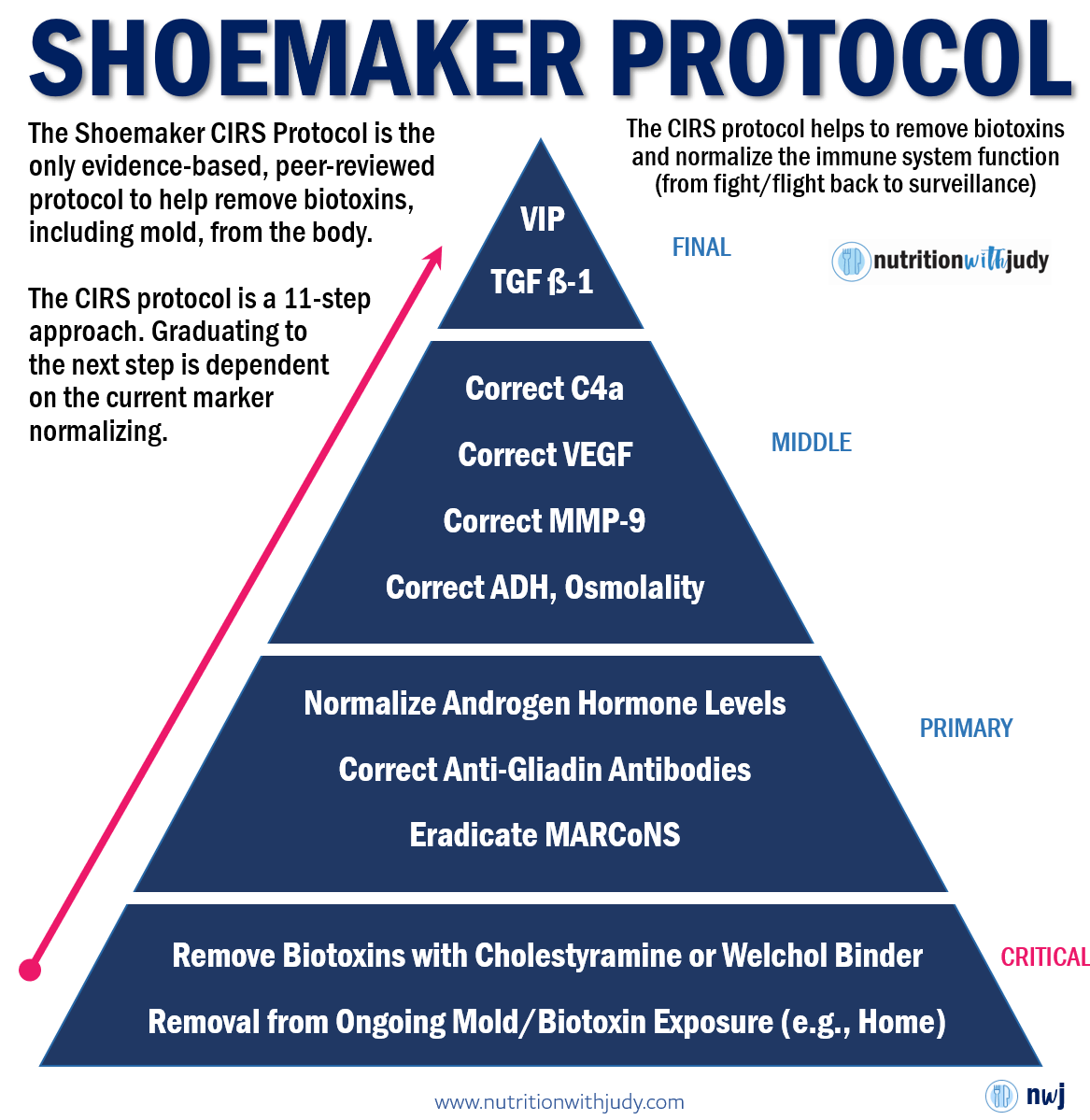

The conversation surrounding mold exposure is filled with misunderstandings and misinformation within both the traditional Western medical community and the functional medicine sphere. The Shoemaker Protocol stands out as the sole treatment for CIRS that is both peer-reviewed and clinically validated, aiding over ten thousand patients in achieving root cause resolution of their symptoms. Developed by Dr. Shoemaker, a leading figure in the study of biotoxin-related illnesses, this comprehensive multi-step treatment plan effectively tackles the wide-ranging consequences of the biotoxin pathway.
Closing Thoughts On CIRS
We’ve explored the intricacies of CIRS, emphasizing its roots in biotoxin exposure from environments such as water-damaged buildings and bites from ticks or spiders, among other sources. Highlighting the diagnostic challenges due to symptom overlap with conditions such as IBS and PTSD, we detailed the multi-step diagnostic process, including the significance of symptom clusters and the Visual Contrast Sensitivity (VCS) test as a diagnostic tool. Additionally, we discussed the Shoemaker Protocol, the only peer-reviewed, clinically validated treatment for CIRS, developed to address the comprehensive effects of biotoxin exposure and facilitate root cause healing in affected individuals.
Having a confirmed CIRS diagnosis can be a shining light of hope for many, especially our chronically ill that’s been down the rabbit hole searching for their root cause. If you’ve been on the carnivore diet for over six months and haven’t moved the needle enough with your health, it may be time to look into CIRS.
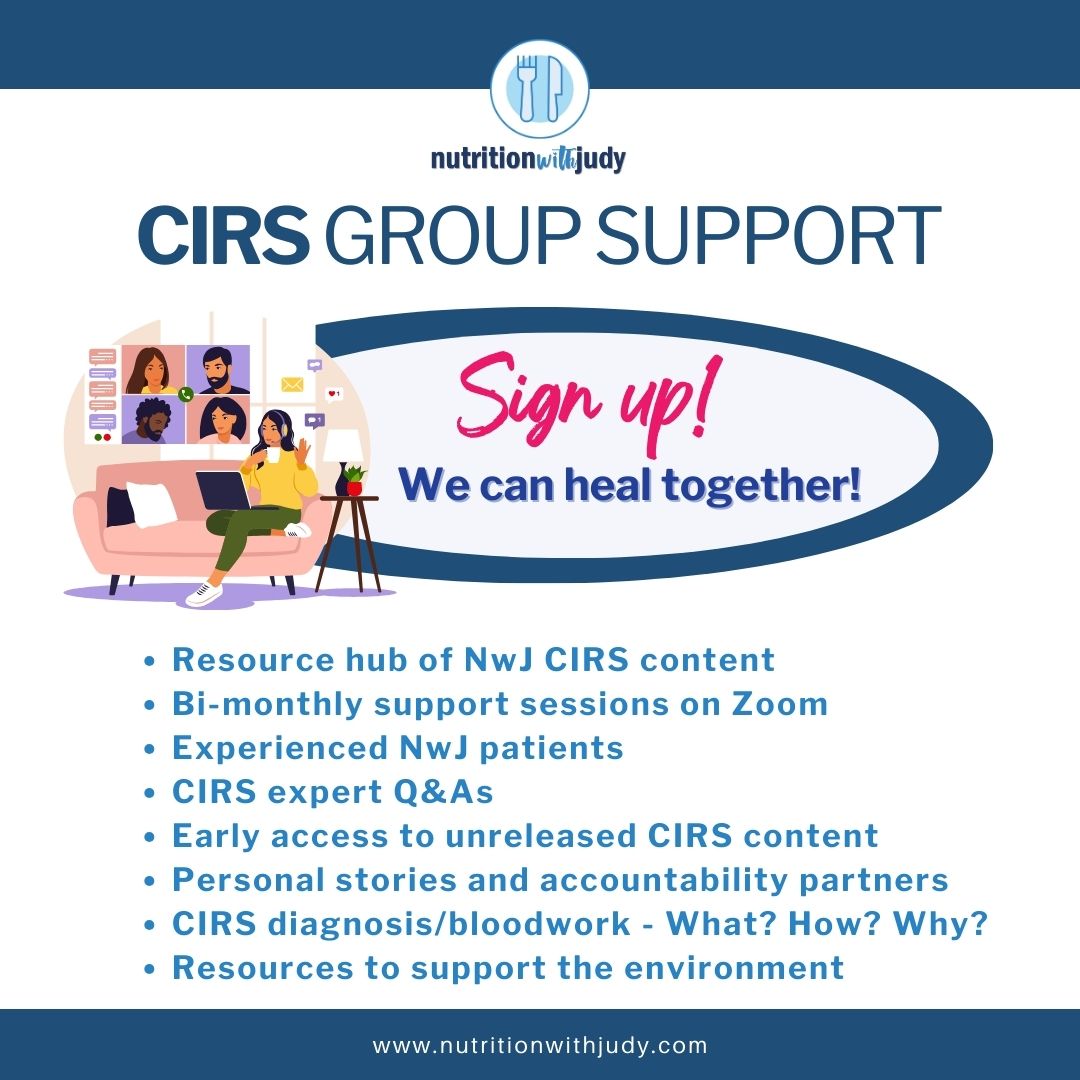

Pro-Tip: Are you looking for practitioner resources and a like-minded community to support you through your CIRS journey? Join our exclusive CIRS Support Group for the latest research, step-by-step protocol tools, and support to successfully achieve root-cause healing.
Work With Our Trusted CIRS Practitioners
The Nutrition with Judy practice is honored to be trusted CIRS practitioners having served hundreds of clients and patients from around the globe. We’re passionate about helping our clients achieve root-cause healing in order to lead the best quality of life possible that’s nearly symptom-free. Our team is dedicated to helping CIRS patients navigate this complex illness. If you think you’re suffering from CIRS, start with our White Glove Service for comprehensive care.
Start your root-cause healing journey today and contact us any time with any questions or concerns.
DISCLAIMER: This content is for educational purposes only. While we are board-certified in holistic nutrition and are nutritional therapy practitioners, we are not providing medical advice. Whenever you start a new diet or protocol, always consult with your trusted practitioner first.


